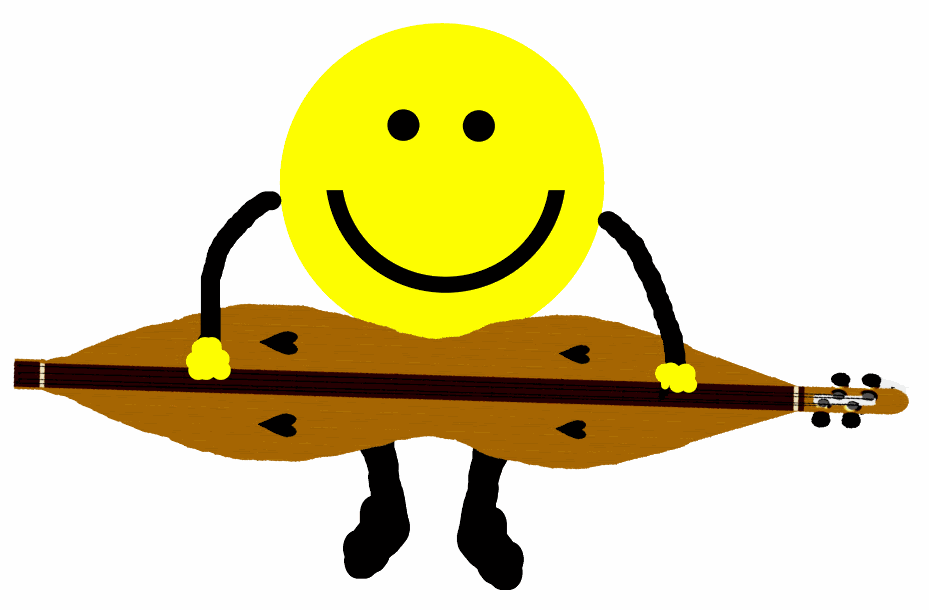When I first started playing dulcimer, I used the double melody string because ... well ... because that's how the dulcimer came and I thought it was normal. I ignored advice from others to remove one of the melody strings. I arrogantly thought that since I had been used to double strings on my mandolin and 12-string guitar I could handle it. But one day whil re-stringing I left off the extra string just to see what it was like, and I immediately fell in love with the increased clarity of sound from three single strings. I have since taken the extra melody string off all my dulcimers with the sole exception of a 6 string dulcimette made by Ron Ewing.
I can understand why noter players might want that extra zing you get with the double strings, but for nearly everyone else I don't see the benefit. It is nearly impossible to bend double strings with any accuracy, and pull-offs and hammer-ons are also a lot easier and cleaner with single strings. Additionally, if you play across all the strings, it is really hard to keep a consistency of tone and volume when one string is doubled and the others aren't.
In the end, as others have said, this is a question of personal preference. And you might have to play a spell (as in two years or so) to figure out what your preferences are.
Let me also comment on Rob's accurate obvservation that Stephen Seifert uses a double melody for chording. True enough. But Stephen plays with a lot of drones, and he will tell you that he sometimes goes days on end without playing any chords. If you compare him to another great flatpicker, Aaron O'Rourke, I think you will see the difference. Stephen plays melodies mainly on the melody string even though he is comfortable across all strings. Watch his left hand, and on most songs you will see him playing horizontally up and down the fretboard. Compare that to Aaron O'Rourke. Aaron tends to place his left hand in one spot on the fret board and play vertically across all the strings before he moves to another spot on the fretboard. Not surprisingly, Stephen plays with a double melody and Aaron plays with a single melody.
--
Dusty T., Northern California
Site Moderator
As a musician, you have to keep one foot back in the past and one foot forward into the future.
-- Dizzy Gillespie


 It is Fun so, have fun!
It is Fun so, have fun!
